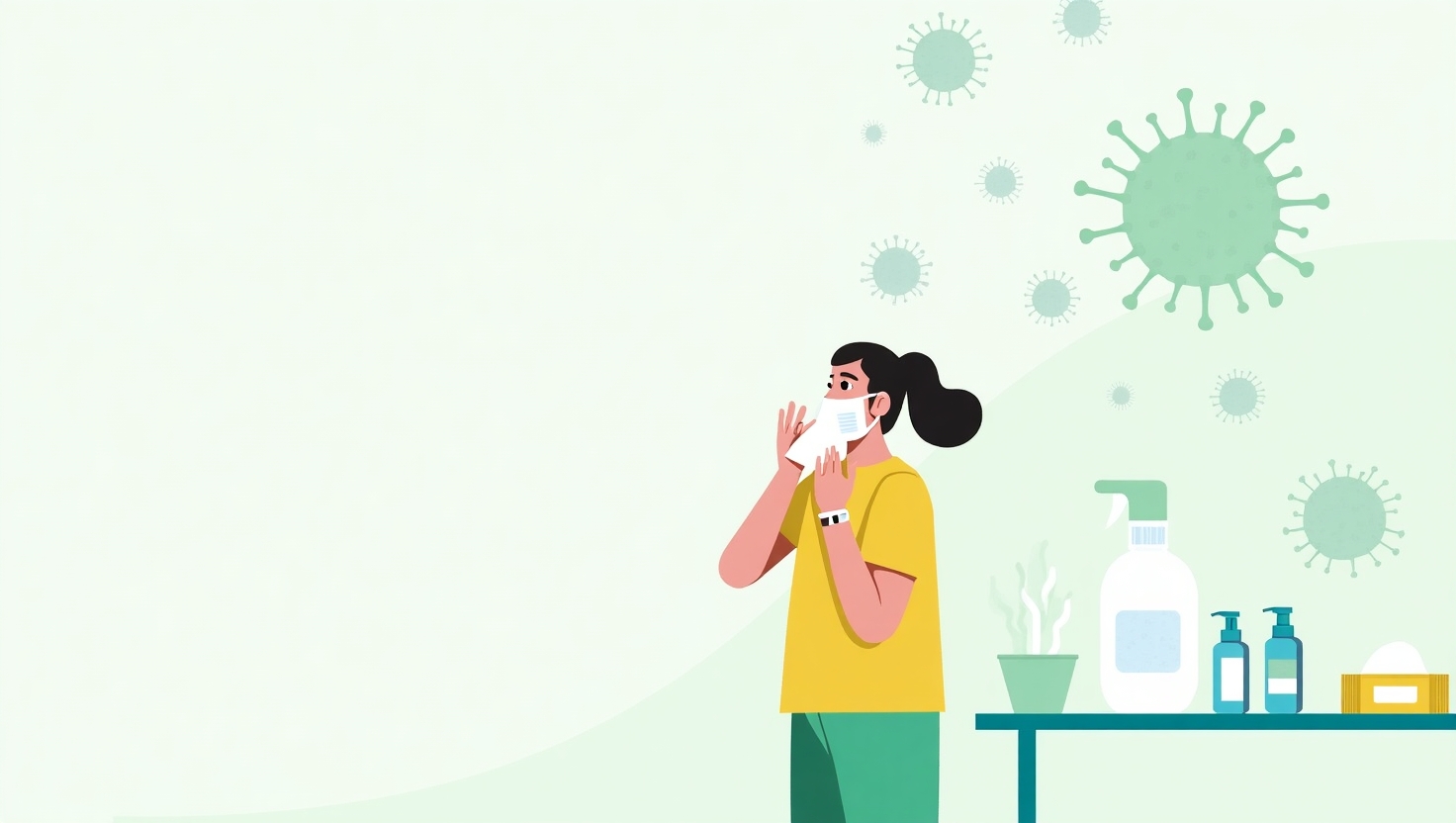 Human Metapneumovirus (HMPV) is a respiratory virus that affects the upper and lower respiratory tracts. It was first discovered in 2001 and is considered to be one of the common causes of respiratory infections, especially in young children, older adults, and individuals with weakened immune systems. Despite its recent discovery, HMPV has been recognized as an important pathogen that can lead to severe illness in certain populations. In this article, we will explore what HMPV is, its symptoms, transmission, and prevention.
Human Metapneumovirus (HMPV) is a respiratory virus that affects the upper and lower respiratory tracts. It was first discovered in 2001 and is considered to be one of the common causes of respiratory infections, especially in young children, older adults, and individuals with weakened immune systems. Despite its recent discovery, HMPV has been recognized as an important pathogen that can lead to severe illness in certain populations. In this article, we will explore what HMPV is, its symptoms, transmission, and prevention.
Symptoms of HMPV
HMPV primarily causes symptoms that are similar to other respiratory infections, such as the common cold or flu. The most common symptoms include:
- Coughing
- Sneezing
- Runny nose
- Sore throat
- Fever
- Wheezing
- Difficulty breathing
In some cases, HMPV can lead to more serious conditions such as pneumonia or bronchiolitis, especially in young children, older adults, or people with weakened immune systems. In severe cases, hospitalization may be required, particularly if the individual is having difficulty breathing or experiencing low oxygen levels.
Transmission of HMPV
HMPV is spread through respiratory droplets that are released when an infected person coughs, sneezes, or talks. The virus can also be transmitted by touching surfaces contaminated with the virus and then touching the face, particularly the eyes, nose, or mouth. Like other respiratory viruses, HMPV is highly contagious, especially during the peak seasons of winter and spring.
The incubation period for HMPV is typically between three to six days, meaning that people can be contagious before they start showing symptoms. This is why the virus can spread so rapidly in crowded environments such as schools, daycare centers, hospitals, and nursing homes.
At-Risk Populations
While HMPV can affect anyone, certain groups are at higher risk for developing severe illness. These include:
- Young children: Infants and toddlers are especially vulnerable to respiratory infections.
- Older adults: People aged 65 and above are more likely to experience severe complications.
- Immunocompromised individuals: Those with weakened immune systems due to conditions like cancer, HIV, or organ transplants are at a higher risk of severe disease.
- People with underlying respiratory conditions: Individuals with asthma or chronic obstructive pulmonary disease (COPD) may have a harder time recovering from respiratory infections like HMPV.
Diagnosis and Treatment
Diagnosing HMPV can be challenging because its symptoms overlap with those of other respiratory viruses. Doctors may conduct tests such as polymerase chain reaction (PCR) or viral culture tests to identify the virus. Once diagnosed, treatment usually focuses on relieving symptoms, as there are no specific antiviral medications for HMPV. For mild cases, rest, fluids, and over-the-counter medications to reduce fever and congestion are typically sufficient.
For more severe cases, especially in hospitalized patients, supportive care such as oxygen therapy or mechanical ventilation may be necessary.
Prevention of HMPV
There are no vaccines available to prevent HMPV, so the best way to reduce the risk of infection is through good hygiene practices. These include:
- Frequent handwashing with soap and water
- Covering the mouth and nose with a tissue or elbow when coughing or sneezing
- Avoiding close contact with infected individuals
- Disinfecting surfaces that may be contaminated with respiratory droplets
Conclusion
Human Metapneumovirus is an important respiratory virus that can cause a range of symptoms, from mild cold-like symptoms to severe respiratory distress. While most people recover without complications, certain groups are at higher risk for severe illness.